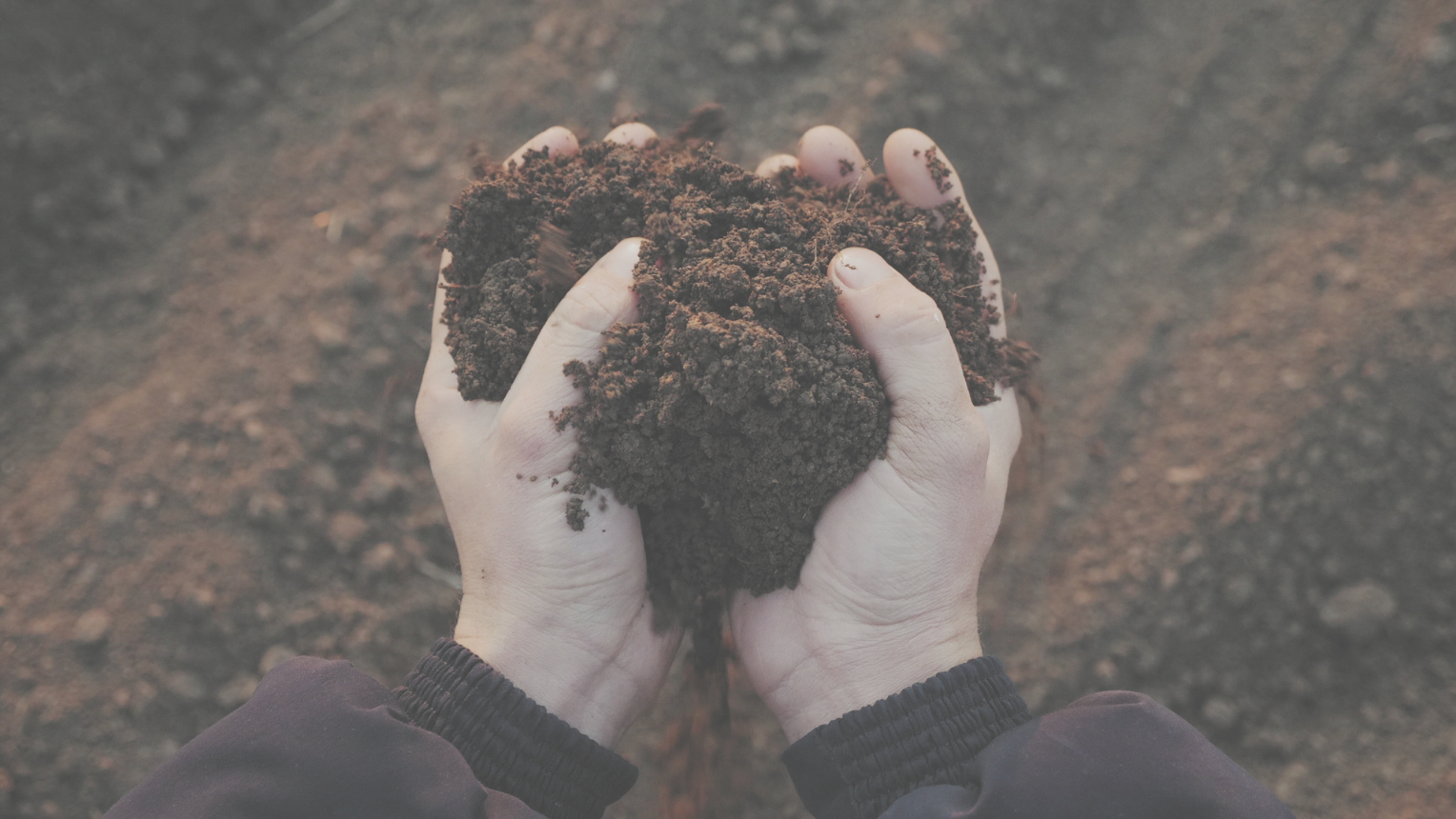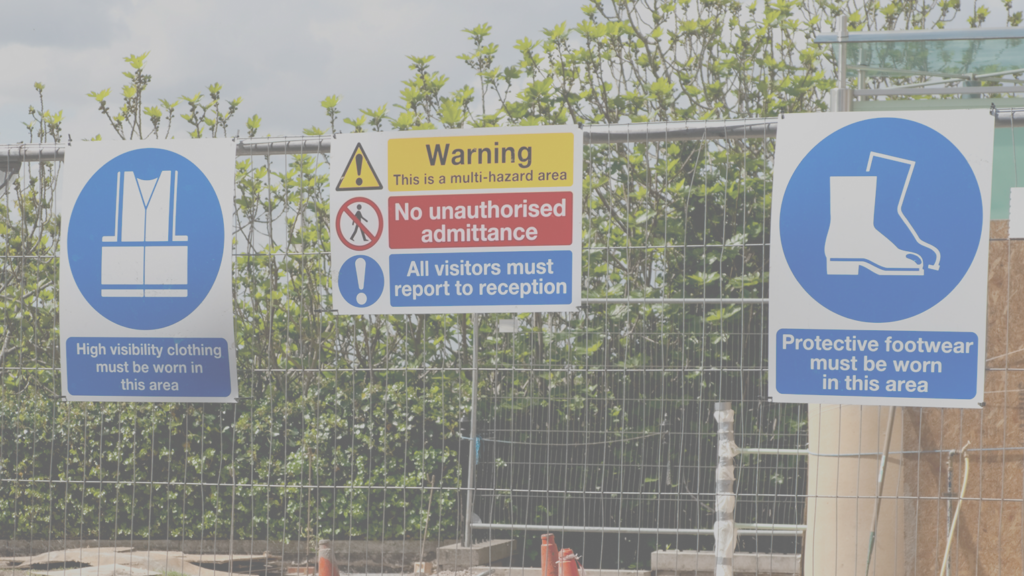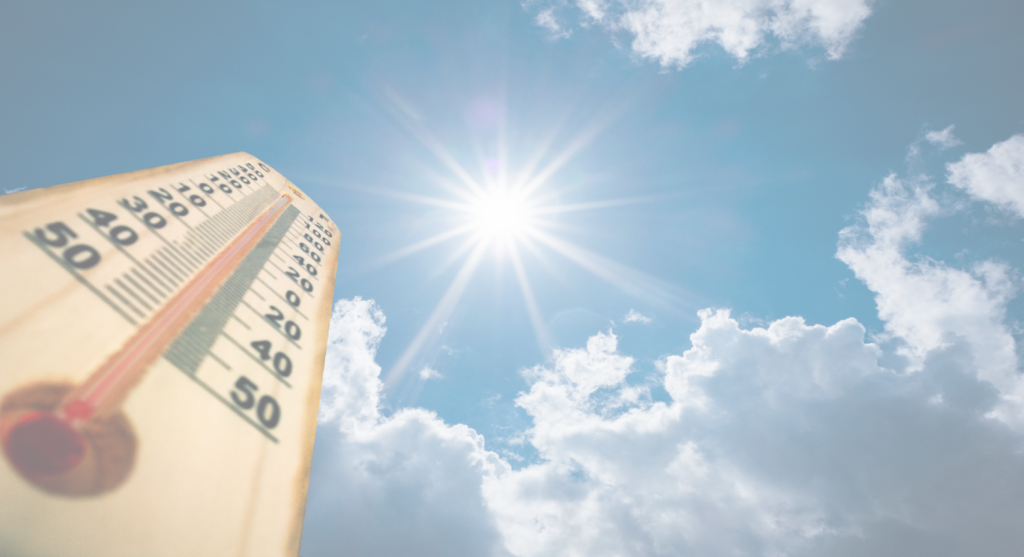Guest Post| August 6, 2020
Many sports fields and parks have not seen the same amount of usage this spring because of health concerns. This situation, which can bring many challenges, also gives turf managers a unique opportunity to do more involved projects to promote the health and conditions of their turf. One of those maintenance practices is aeration.
Depending on the area of the country, generally, the most popular time for aeration in the fall, although many turf managers also aerate in the spring. With many summer sports and activities being delayed into the fall, turf managers might want to consider adjusting their plans. With many fields vacant right now and with the definitive long-term benefits of aeration, now might be the perfect time to do it.
Take a look at a few tips on how to make the most of the aeration process.
Check the soil
Aeration loosens compacted soil so that water, air and nutrients can get down to the roots. One way you can determine if your soil is compacted is to throw a screwdriver down into the ground from about waist-high, tip down. If the screwdriver sticks, the aeration process will take less effort. If the screwdriver bounces away, the soil is severely compacted and will need aggressive aeration.
Mark all obstacles
The type of tines, as well as the depth of aeration, all depend on what you are trying to accomplish with your aeration. Regardless of your tine choice and depth, make sure to mark your irrigation heads, power and any other lines running just beneath the turf so that you don’t cause any damage.
Find the right equipment
Aerators come in a vast array of options, from tow-behind to walk-behind to stand-on models. For smaller properties, a walk-behind aerator will likely give you the best results and easiest maneuvering. For large properties like sports fields, tow-behind aerators are the most efficient. However, consider giving a stand-on aerator like the Ryan Lawnaire ZTS a try. They take less of a toll on your body, maneuver easily, provide precise and easily adjustable aeration while also covering more ground than a walk-behind. It also doesn’t require a tractor like a tow-behind aerator.
Aerate before you fertilize
The order of your maintenance practices is also important for peak effectiveness. If you’re planning to aerate and put down fertilizer/herbicide, make sure to aerate first. Aerating after an herbicide application can reduce the chemical barrier formed by the herbicide, giving weeds the opportunity to germinate. Applying fertilizer after aeration helps the lawn compete against weeds. Water the lawn after aeration too, particularly in areas where drought and high temperatures are common. Finally, if you are planning any overseeding or interseeding, following aeration is a great time to put seed down, as it will get better soil to seed contact.
Rake away the cores
Criticism of aeration often comes as a response to the presence of the “cores” of turf that the aeration tines pull out of the ground. In sports turf or on golf courses, those cores can sometimes impede play. Use a power rake to break up the cores to improve the look of your turf right after aeration.
These days, we all have to adapt our processes. If your sports field or park isn’t seeing much foot traffic lately, it might be a perfect time to aerate and get ready for a beautiful summer and fall.
EDITOR’S NOTE: This article was written by Ron Scheffler, senior product manager for Ryan.
You can find a link to the original article here.





















